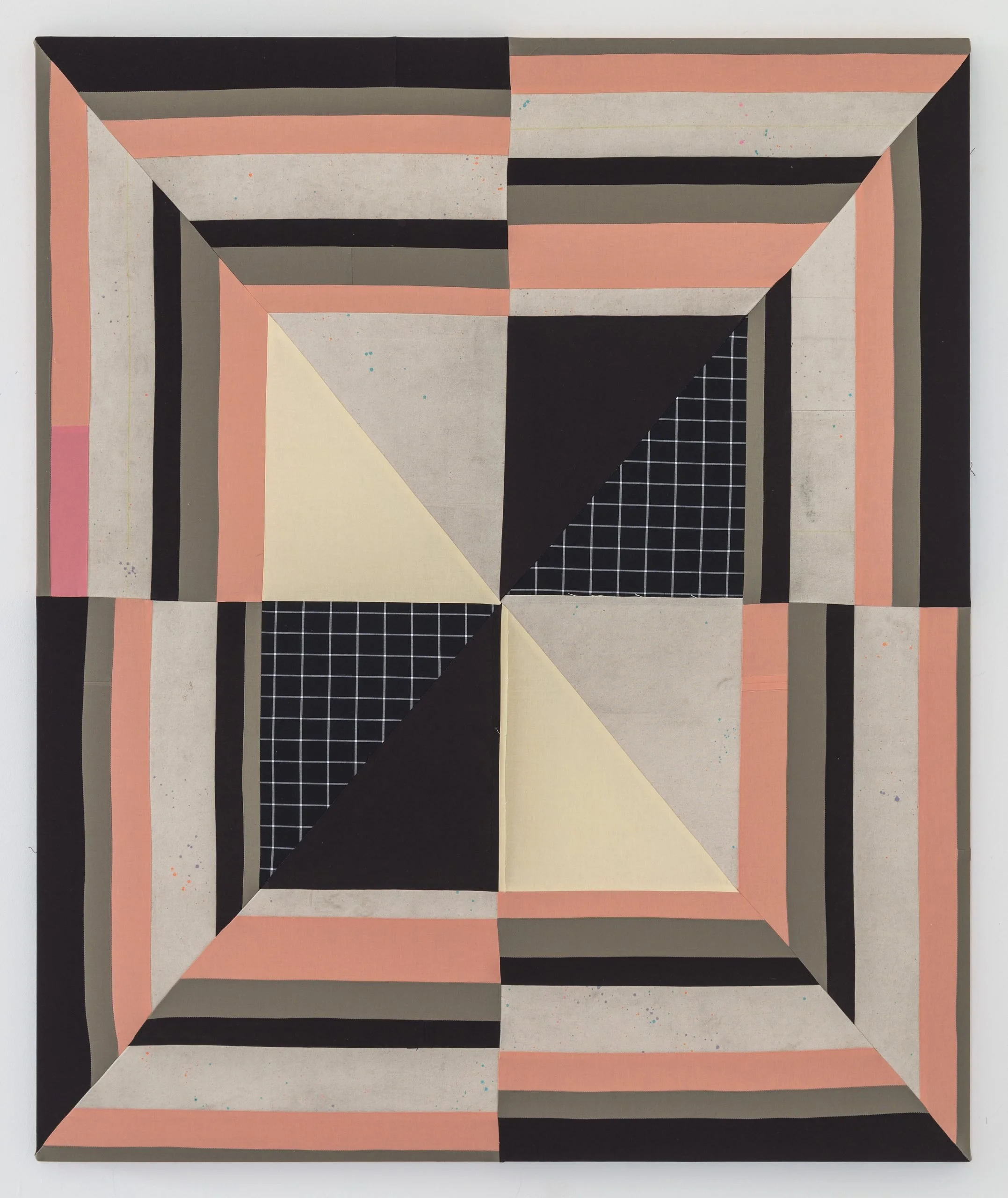Quiet March to a Warning Song
Quiet March to a Warring Song shared the work of nine contemporary artists whose work challenges or reveals headstrong histories or existing socio-political establishments. Housed within a Shaker Forge at the historic Mount Lebanon Shaker site, the exhibition reimagined the building’s past function. In addition to this, the show readdressed early American ideals, such as the values nurtured by the Shakers—reverence to craft and labor, importance of community, racial inclusivity, equality of the sexes—and how they persist in contemporary societal relevance during a time of political uncertainty.
Participating artists included Paolo Arao, Chloë Bass, Piotr Chizinski, Mark Thomas Gibson, Doug Johnston, Mary Lum, Carl Ostendarp, Casey Ruble, and Anne Wu. Exhibition design was by architect and designer Lucie Rebeyrol. A printed catalog accompanied the show with an essay by Claire Selvin. The exhibition was part of the Shaker Museum’s multi-part collaboration with curator Amie Cunat to foster relationships between Shaker cultural legacy, contemporary art, and the town of New Lebanon and surrounding communities. This project was generously funded by a Regional Economic Development Council grant from the New York State Council on the Arts.
Casey Ruble documents sites of historic significance, then translates these places into hand-cut paper collage. The intimately scaled collages appear to record places we see everyday, but their meticulous execution and vivid color choices offer a haunting recognition of their weighted history. Like Ruble, Mark Thomas Gibson’s work share opportunities for historical occurrences to collide with the present. Not only does Gibson situate the viewer as a spectator to his constructed narratives, but he also implicates our participation in the events or horrors. For his drawing, Beyond the Veil, closing drapery and a starry abyss are rendered with strong, black ink and resemble a page from a graphic novel or comic book. The work proposes how culminating political events, may fortify, rather than dismantle the unknown.
In Corruption #2, Carl Ostendarp creates an atmospheric ground by mopping paint over the canvas. The textured field of this charcoal-grey wash is populated by the application of flat, cartoon-like flies. As “desultory” as the artist credits the tone of the painting, what reinforces a sense of specificity is when one considers why the flies are swarming together. They gather around the suggestion that something, or someone, is rotten.
Chloë Bass includes four drawings that are a part of Chapter 3: We walk the world two by two, a project within her larger study of pairs titled The Book of Everyday Instruction. In these wax rubbings of cast aluminum placards, Bass explores the relationship of two person exchanges in Greensboro, NC. The four original plaques, sharing brief translations of stories Bass encountered, are permanently on view on South Elm Street. Through interviews, conversations, and various forms of interaction, Bass explores scales of intimacy experienced in the everyday.
Referencing overlooked structures in urban environments, Anne Wu augments the viewer’s perception of these stoops, fences, windows and other architectural features through a highly tactile surface. Her objects are made from sculptural as well as organic materials (such as star anise powder, turmeric, pu’erh tea powder, annatto powder) which embeds the work with autobiographical and cultural signifiers.
Doug Johnston sews continuous lengths of cotton rope to form larger volumes and vessels. His work displays a cross section of his interests in the extensive history of coiling and contemporary craft; the functional and non-utilitarian; design and art. The artist sees his practice akin to a collective consciousness in communities, like the Shakers, that all participate in making. In his studio, Johnston and his partner, Tomoe Matsuoka, along with their studiomates, contribute to the production of the work. Similarly, Piotr Chizinski collaborated with his mother, Bev Chizinski, and grandmother, Trudy Kucharski, to create a quilt containing embroidered images of food cans. The twin-sized bed quilt’s pattern presents the essential foods recommended by Augason Farms for two people to survive for six months following a catastrophic event. Within the piece, reflects three generations of a single family’s labor and their respective skills in craft.
Influenced by geometric abstraction as much as Gee’s Bend or Amish quilts, Paolo Arao’sabstractions combines swatches of charged color alongside patterns of lines, dots, and grids. His paintings, like Soft Focus, are a reactionary assemblage, and are sewn together by the artist responding, emphasizing, or opposing previously placed pieces of brightly colored cloth. What complicates the frontal read of the quilt-like paintings is where the textile wraps around its substrate, which provides the opportunity to experience it obliquely.
For her site-specific wall painting, Mary Lum visited the Shaker Museum’s Collection and Archive to research primary documents and artifacts. The salmon pink, indigo blue, violet and red ochre hues are sourced from four berthas (a neckerchief-like garment worn around a Shaker sister’s neck). Lum used text from Shaker vision books as collage material, then reconstructed their rhetoric into a graphic, visual language.
This exhibition was previously on view in the Shaker Forge at the museum’s historic Mount Lebanon site in New Lebanon, NY, from May 25-June 22, 2019

